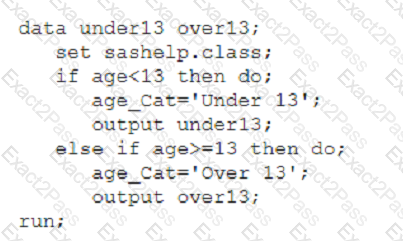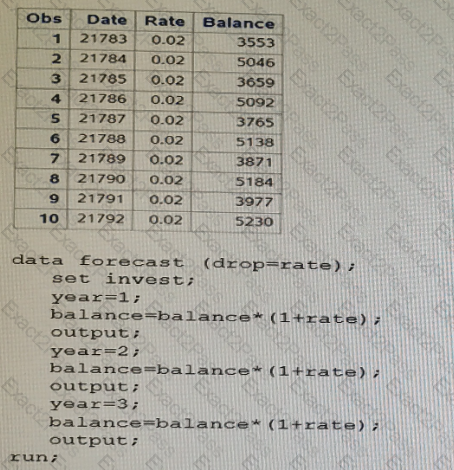Last Update 10 hours ago Total Questions : 78
The SAS Certified Associate: Programming Fundamentals Using SAS 9.4 content is now fully updated, with all current exam questions added 10 hours ago. Deciding to include A00-215 practice exam questions in your study plan goes far beyond basic test preparation.
You'll find that our A00-215 exam questions frequently feature detailed scenarios and practical problem-solving exercises that directly mirror industry challenges. Engaging with these A00-215 sample sets allows you to effectively manage your time and pace yourself, giving you the ability to finish any SAS Certified Associate: Programming Fundamentals Using SAS 9.4 practice test comfortably within the allotted time.
What type of error does NOT produce the expected results and does NOT generate errors or warnings in the log?
When the following code is submitted, execution fails.

Why does the execution fail?
How many statements are in the following PROC PRINT step?

Which statement is true regarding a DATA step concatenation?
Given the PROC PRINT report of the INVEST data set shown below:

How many observations are in the FORCAST data set after this program executes?
The data set SASHELP. CARS contains information on different vehicles. How do you correctly write the observations with Type of 'SUV' to the suv data set and Type
of 'Sedan' to the sedans data set?
Which two correctly create a SAS date value? (Choose two.)

